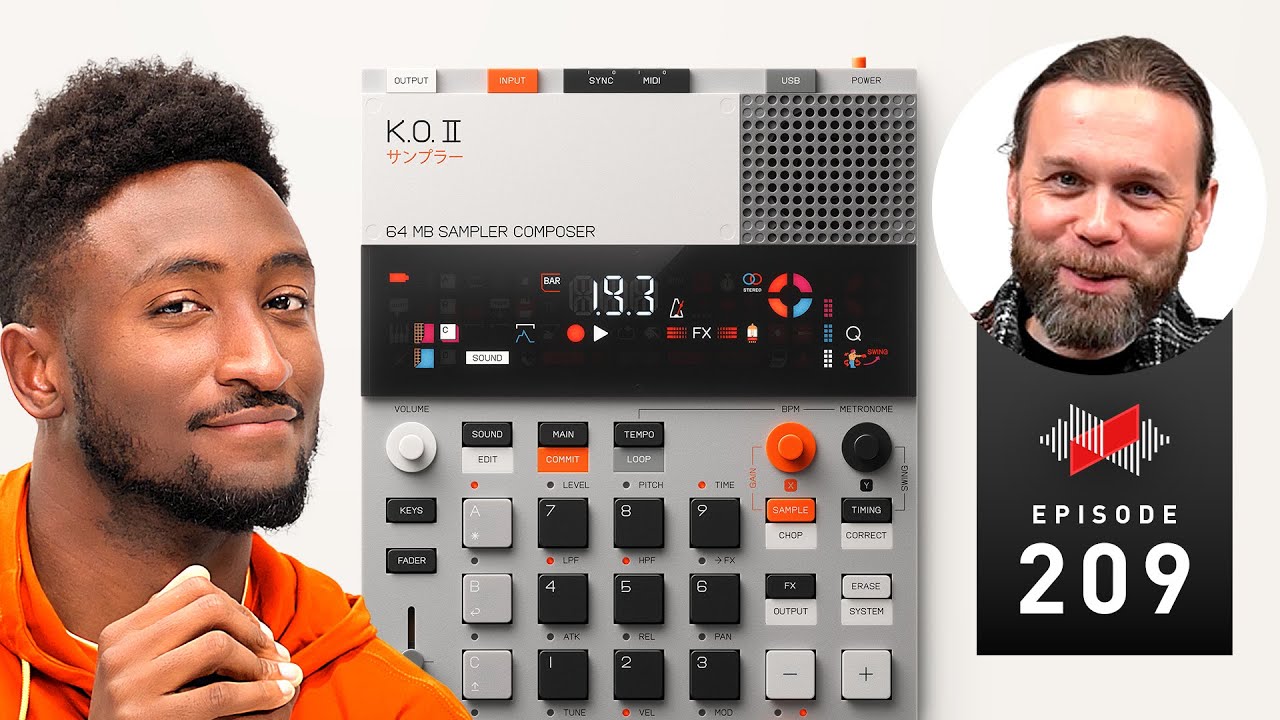
How Teenage Engineering Makes Cool Stuff!
How Teenage Engineering Makes Cool Stuff!
This week, we have another bonus episode! Adam sat down with David Eriksson of Teenage Engineering to chat about the EP-133 K.O. II sampler. It was a great chat and we figured it would be a good opportunity to peel back the curtain on how some of these conversations go with people from certain companies. Hope you enjoy!
Chapters
00:00…
source
Reviews
0 %


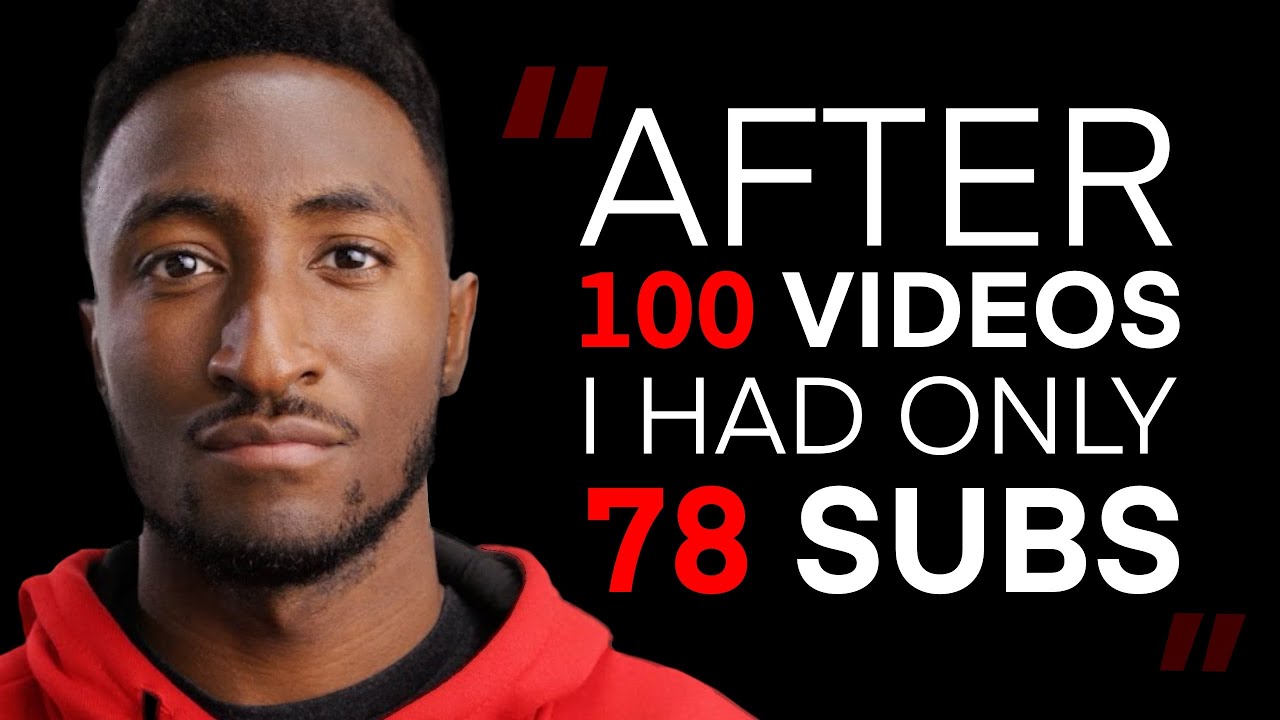
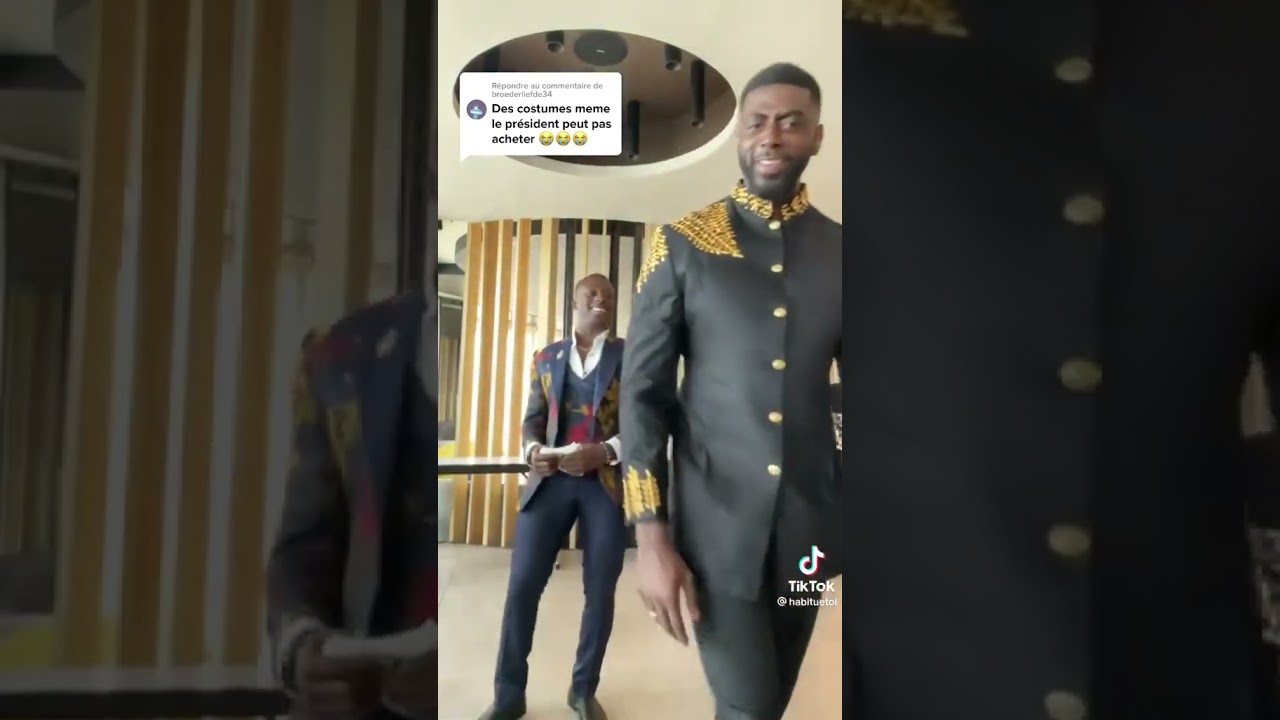
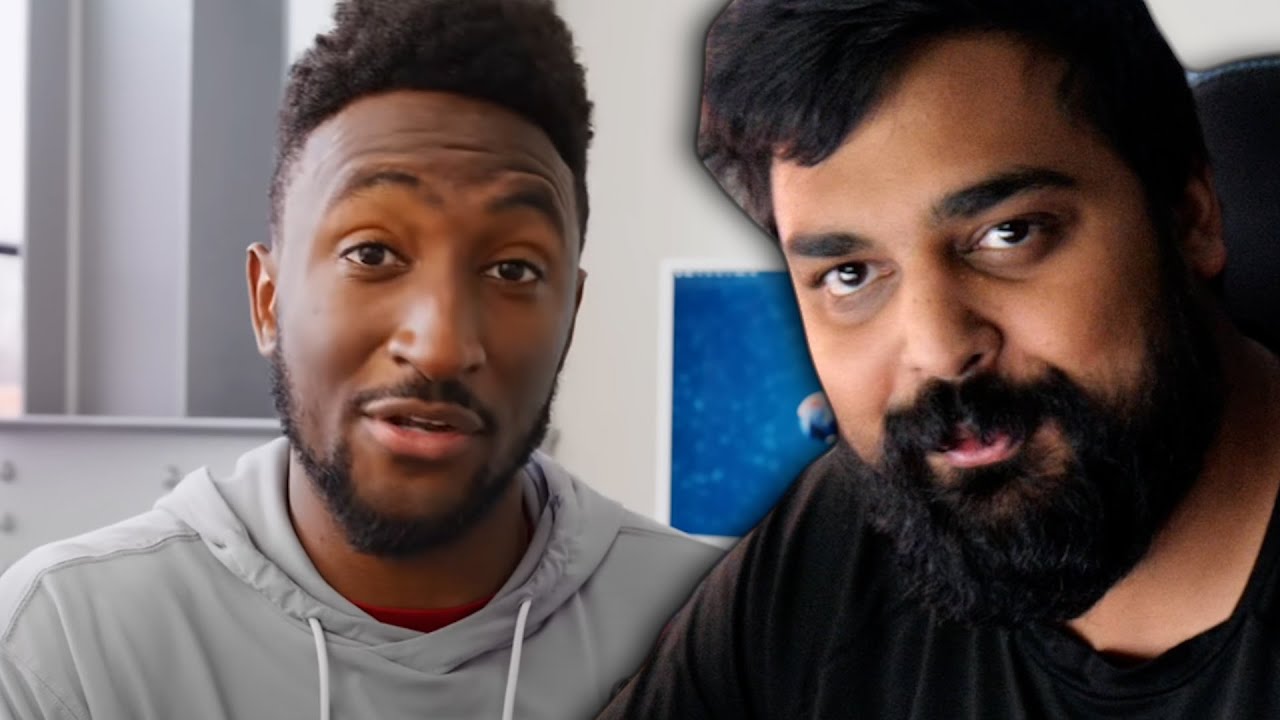

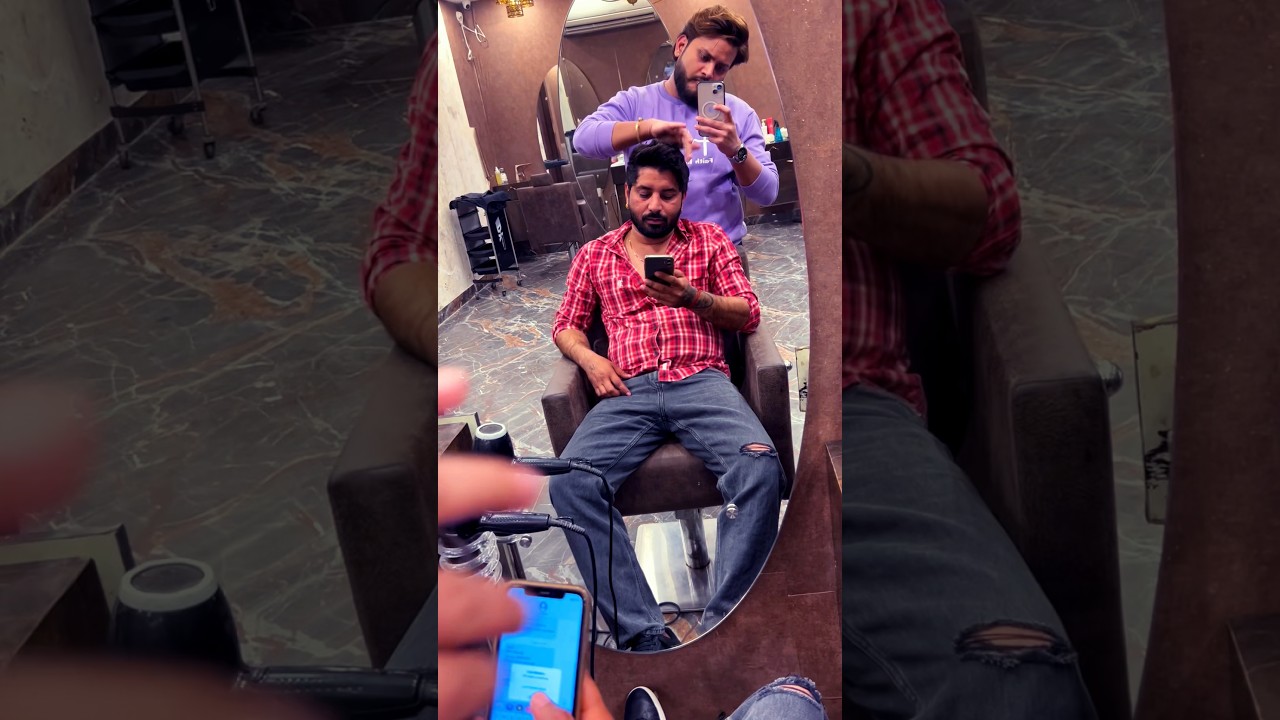
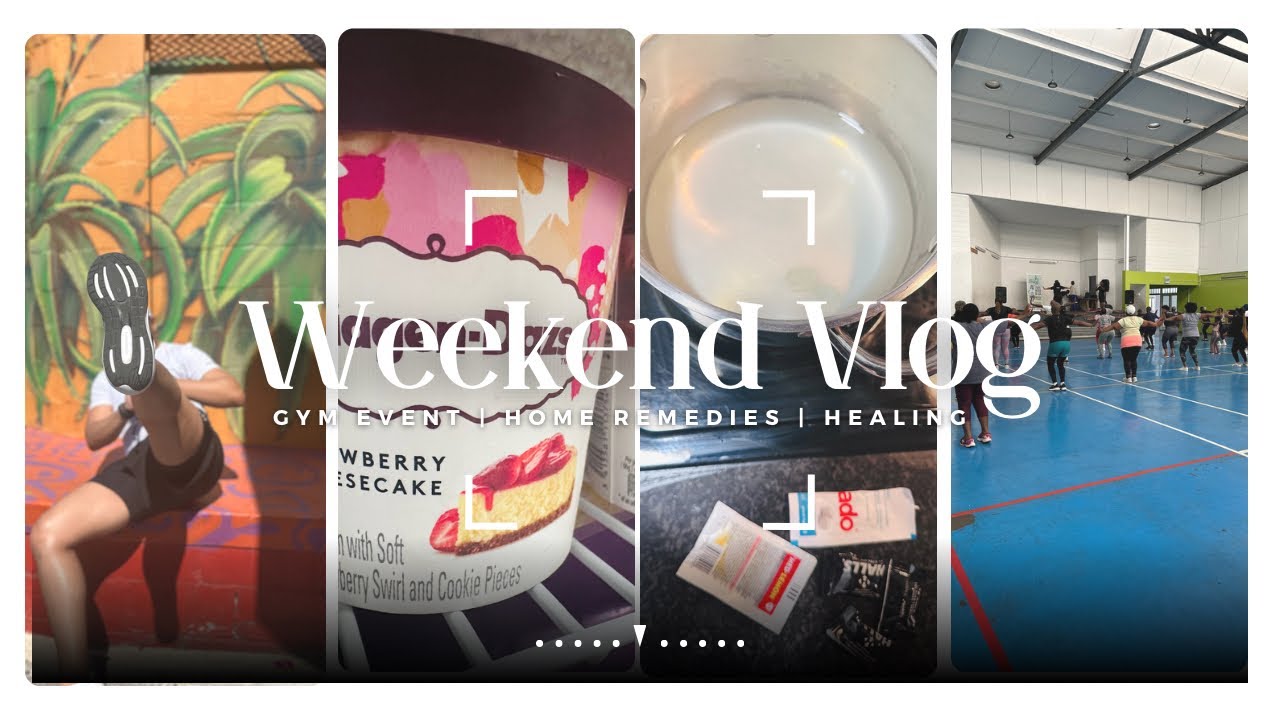

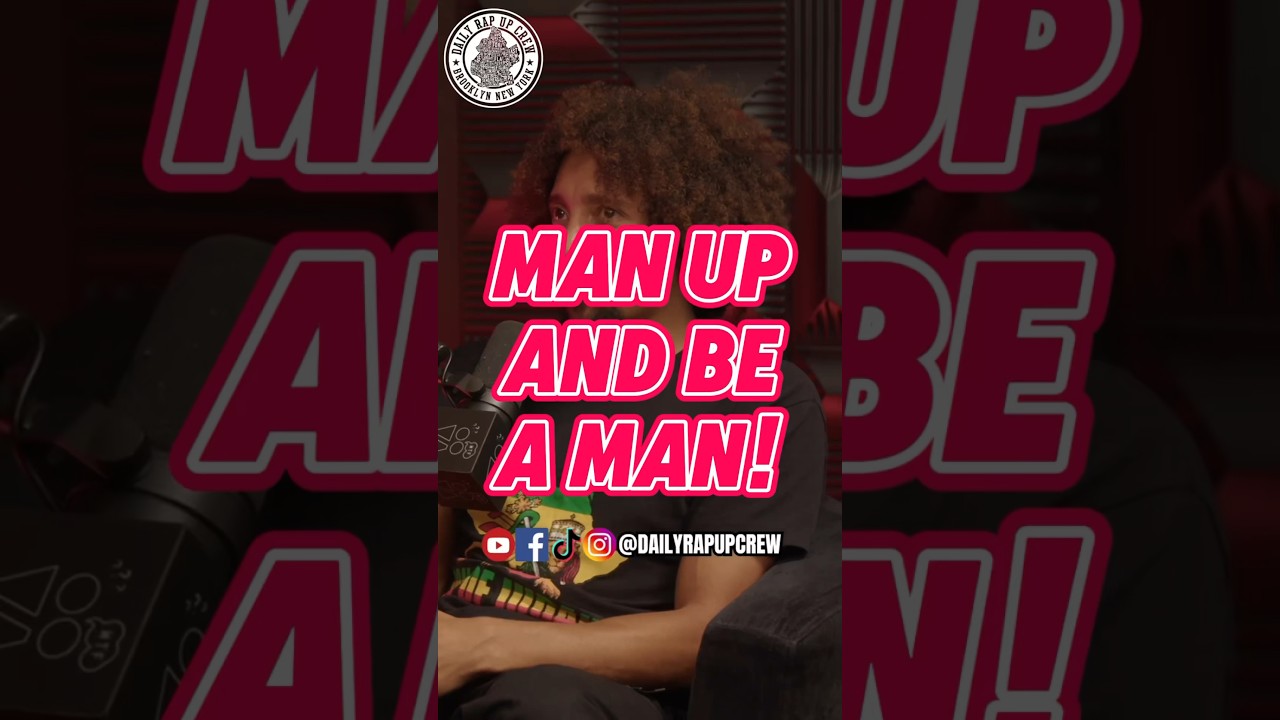



got excited and thought it was friday for a sec
Just ordered mine 👍 ask if you can do a similar interview with the other partner who is the industrial design lead
We really need more $1600 plywood card tables! (Look up ‘teenage engineering field desk’.) TE is a joke. They’ve done a few cool things in the past, but their prices are increasingly nuts and their stuff is flimsy. Look into all the people who have had the crossfader break immediately, and many received a broken KO II. Some people have returned it and got a second broken unit. Ridiculous.
Scandinavian futuristic playful Minimalism. (SFPM) 😅
Ok so maybe my expectations are too high and unrealistic, but I was really hoping that with technologically advanced hosts, and a technologically advanced guest (who's recently released a kick-ass condenser mic), the guest's audio might be artifact-free. I know achieving this takes some extra work on both sides, but that work has substantially diminished in recent years and it's so achievable now. It also really benefits absorbing the guest's content without being taken out of the moment by the technology. I appreciate that regular Zoom quality audio is fine for a research call that won't be broadcast, but it sounds like you anticipated this would become a show. Of all guests I'm sure this one would have been happy to spend a little longer to achieve great audio.
"a sample is a piece of audio"… aaaaactually, a "sample" is one 44,100th of a second of a 'sound'…
one SAMPLE of the waveform.
"more like days" that comment didn't age well. Its been a month and this update has not arrived. It will be great when it does.
Hi Andrew
I'm filing a complaint with the BBB because the engineers in this company, unlike it's name, are in fact NOT Teenage
Great interview.. Thank you for sharing it!
Yeah right. Re KOII: you got beat makers supposedly working on these things and you forgot (not deliberately omitted) resampling, reverse, and Lo-fi sampling (despite the obvious use case with 64Mb and polyphony maxing in a hurry). You can't chain patterns and can only have one send effect running at a time. Yeah some of the machines are groundbreaking and the design is cool in the parts that it gets right but the whole approach is annoying AF. Unbearable marketing shtick, bizarre product releases trying way too hard to be cool, and ridiculous omissions that shows how unmusical the development and management team actually is. Just stoner nerds basically. No one's gonna dig that microscopic bright yellow eyesore modular that's not even modular. Everyone I know would have paid 400 or 500 for a decently conceived KO II.
You mean overpriced stuff
their designs seem to be inspired by Dieter Rams' works
As someone from Spain, its awesome they built those here!!😳😄
This episode was exactly what i was not looking for , and exactly what i needed at the same! Great work. I have some new found respect for everyone involved ! Marques, I am going to post this on reddit for you, (Which is harder than you think without apollo). And Oh , Hey Andrew😉
how come a audio company has a shitty mic quality thats just stupid
Please no don’t cheer this company on this is coming from a producer please we hate them
There were probably less revisions because it's an electronic device. There are loads of costs associated with iterating hardware depending on which stage you're at. For example, if they managed to just send it in for EM certification once they're doing good.
Incredible Episode
To bad he could´nt use one of his own microphones! #awfulsound
Abcdefghijklmnopqrstuvwxyz
I really hope te can update it to have an fx per abcd group since they only have a fx per machine it’s really holding me back in my work makes me almost wanna buy another one
I am in love with this company. Their pocket operators are genius products. Even at 99 € you should buy all , and a backup. I own 21 pocket operators. OP-1 and OP-Z are products we should give god thanks to have it available. I own two OP-Z. Their products provide unique user experience. Now, knowing they produced the KO II in Spain, makes me love them even more.
Amazing company ! And clearly passionate people
Next EP series device, turntable/scratch that fits the ecosystem…🔥
Teenage engineering sneakers soon then arctic exploration jackets
some things in nice for andrew
thank you! that was insanely good content
No…. Just no……
My KO2 arrived today, took the protective rubber of the fader and the knob went on ok,no worries, working fine. Just got to get into the workflow. Got some pocket operators plus KO1 so bit of a headstart. Looking forward to see what else they bring out in the EP Series.😊✌🏴
Had they included back up /restore or sd card in the first place I wouldn’t have had to send mine back. I was making some jams when the memory locked up. From what I observed it doesn’t actually allow 99 scenes per pattern, only about 20-30, once all 9 patterns are full.
More of this product development content please!
cool episode !
There are two types of people in this world, people who love teenage engineering products and musicians
I'm sure a fanboy will attack, but TE is overpriced.